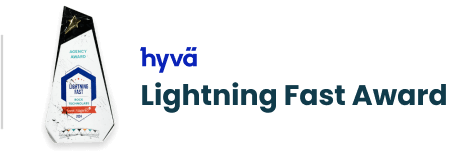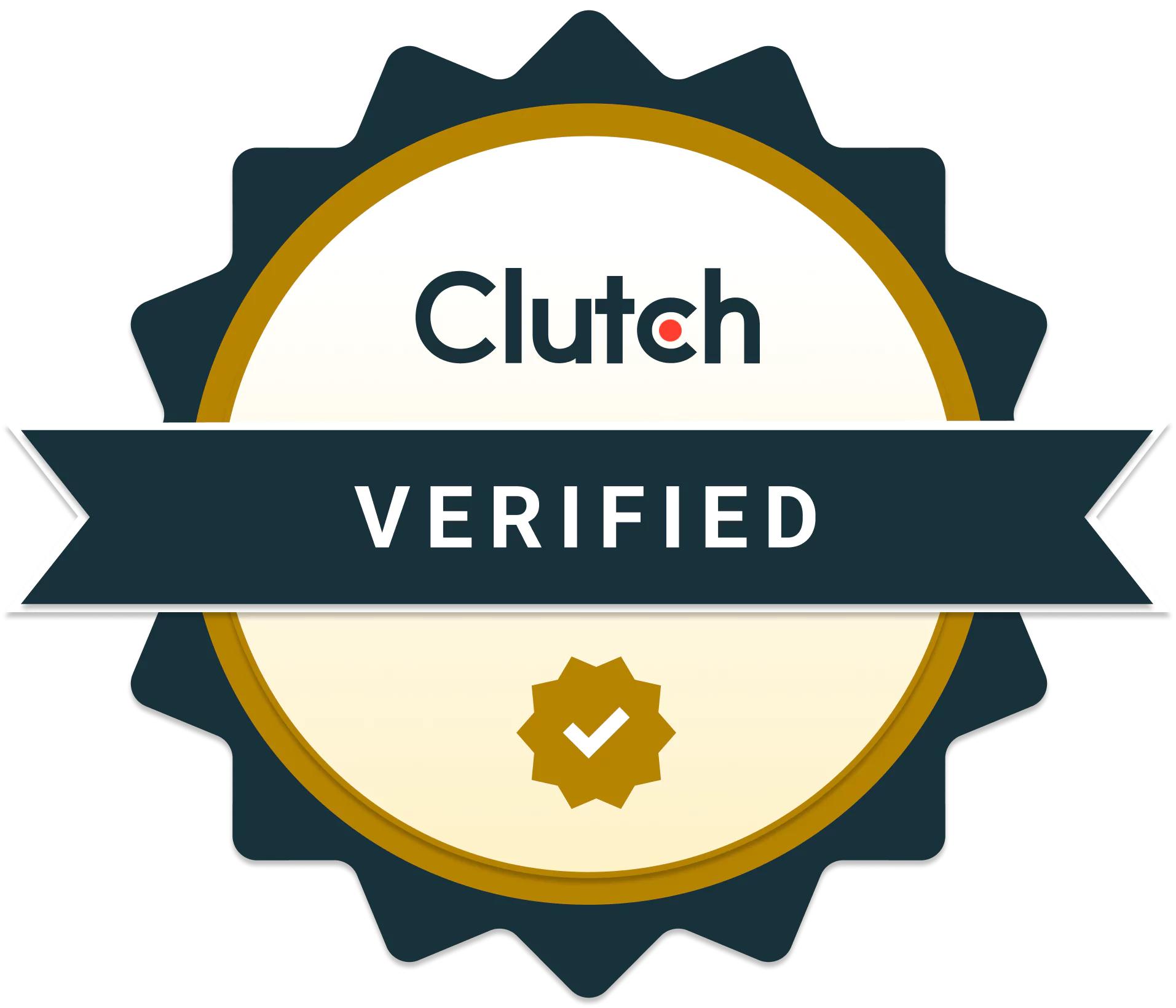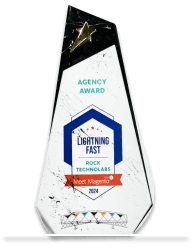How to Optimize Your Shopify Store for Maximum Conversions
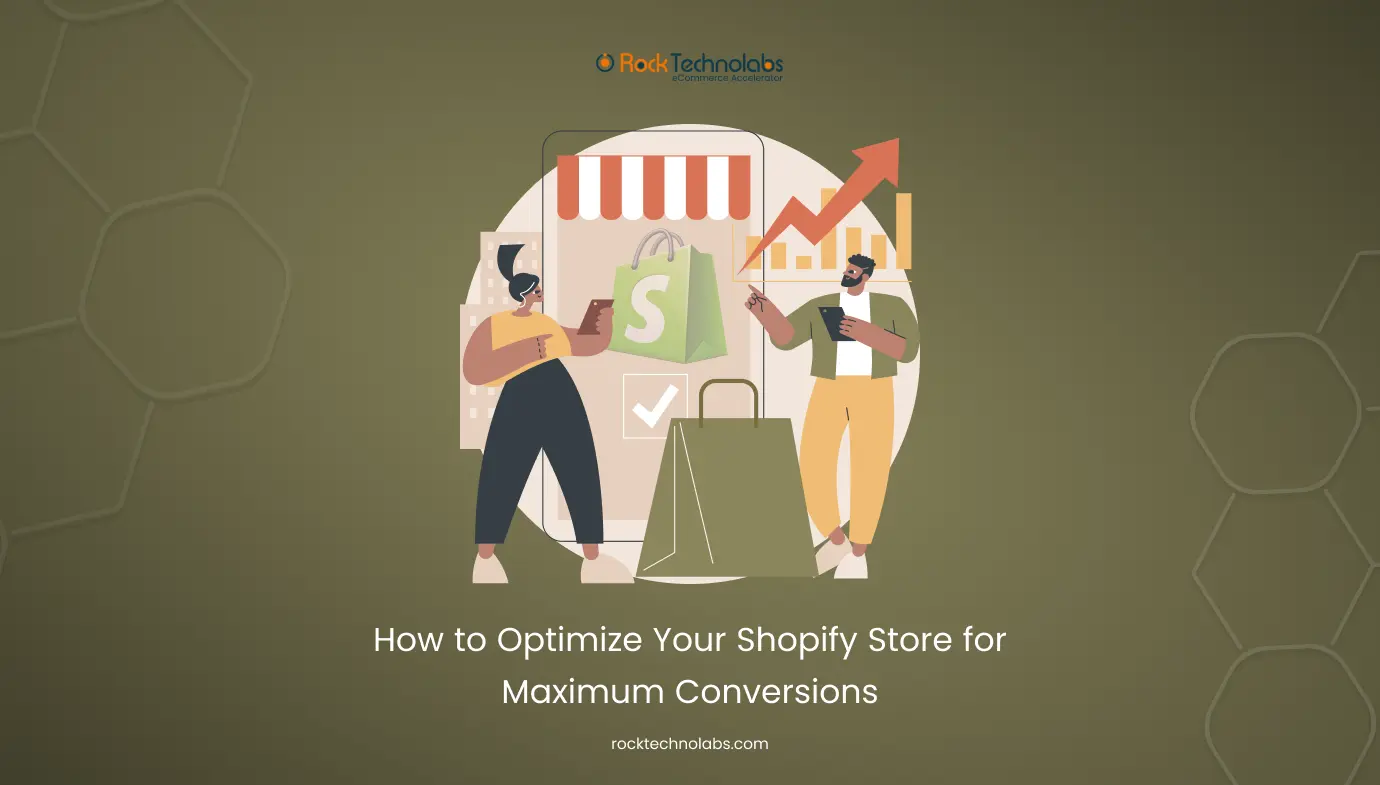
Okay, so you too landed on this blog to generate more sales/conversion for our Shopify store due to various reasons it could be that your site is slow, your website doesn’t look appealing, it hasn’t optimized properly for sales, the checkout is poor of your are simply noticing that you haven’t received as much sales as you expected.
Let me tell you, you aren’t alone, there are many Shopify merchants like you who face this same frustrating situation because either they don’t have enough technical or strategic knowledge about the marketing tactics or simply they have not been hiring Shopify experts.
So, how do you turn window shoppers into paying customers? By optimizing every touchpoint of your store. Let’s dive deep to understand all the points.
Boost Conversions with Personalized Shopify Offers
E-commerce personalization is a game-changer that increases conversions on Shopify. Even if you run a small store, you can automate and tailor marketing offers to the right audience effortlessly, or these strategies can be optimized by Shopify development service providers.
Introducing Shopify Properties
Shopify properties allow you to set dynamic display conditions for popups and forms, ensuring that only the right visitors or customers see your offers. Instead of showing generic promotions to everyone, you can create targeted campaigns that automatically adapt based on user behaviour.
How Shopify Properties Work
Simply create a personalized campaign, configure the display conditions, and publish. You can target customers based on:
- Visitor status (new vs. returning)
- Items in their cart
- Days since their last purchase
- Cart total (e.g., over $50)
- Stock availability
- Total orders placed
Many marketing tools, like Wisepops, integrate Shopify properties, allowing you to combine them with unique discount codes and revenue tracking for maximum impact.
Pro Tip: Set a maximum limit on how many campaigns a visitor sees per visit using frequency settings to maintain a smooth shopping experience.
Enhance User Experience and Boost Conversions with Mega Menus
Mega menus are an integral part of e-commerce store navigation and to increase conversion rate you can’t ignore the navigation criteria. A mega menu is a menu class that displays several different categories in a large multi-column format, thus eliminating the need to scroll down as it shows deeper layers of the website, increases discoverability, and gives enough room for featured content to improve visual interest.
The easier it is for visitors to find what they’re looking for, the more likely they are to make a purchase. A cluttered, confusing menu can lead to frustration and cart abandonment—something no Shopify store owner wants.
If your store has more than three product categories, incorporating a mega menu is a must. It streamlines navigation, minimises scrolling, and reduces cognitive load, making it effortless for shoppers to explore your products. In case you don’t know how to create a mega menu, then reach out to a Shopify development service provider company.
Why Mega Menus Are a Game-Changer for Shopify Stores
A well-designed mega menu can transform the way customers interact with your site. Instead of endless clicking and searching, they get an organized, bird’s-eye view of your offerings. Major Shopify brands, like Pela Case, leverage mega menus to structure their product categories effectively. They not only list products under clear sections but also add quick links on the left-hand side for even faster navigation.
With a mega menu, customers can instantly:
- See all major product categories at a glance
- Find relevant collections or promotions without digging through pages
- Navigate seamlessly with a clear and structured information hierarchy
Boost Trust and Drive Sales with Product Reviews and Social Proof
Would you like to purchase a product with a bad rating on Amazon? Or simply think about the last time you went out to a clothing store in your nearby market—chances are, you checked the store’s ratings before deciding to visit. The same logic applies to online shopping. Customers don’t just take your word for it; they rely on reviews and social proof to determine whether a product is worth their money.
The same philosophy applies to your Shopify store while opting for Shopify development services in case it lacks customer reviews, you’re missing out on a powerful conversion booster. Embedded reviews on product pages instil confidence in shoppers, making them more likely to complete their purchases.
The Power of Product Reviews and Social Proof
There are many brands that have effectively leveraged user-generated content (UGC) to build trust. By showcasing real customer testimonials, photos, and ratings, they reassure hesitant buyers that their products deliver real value.
Displaying reviews isn’t just about adding credibility—it also:
- Reduces purchase hesitation by addressing concerns up front
- Increases engagement by encouraging customers to share their experiences
- Boosts conversions by influencing purchasing decisions
How to Collect and Display Reviews Effectively
Many Shopify apps make it simple to gather and showcase customer feedback. Popular tools like:
- Yotpo – Allows for in-depth reviews with photos and videos
- Judge.me – Offers automatic review request emails and Q&A features
- Stamped.io – Helps collect UGC and display trust-building testimonials
However, simply adding a review section doesn’t guarantee that customers will leave feedback. Most shoppers won’t voluntarily return to your site to write a review unless prompted.
Pro Tip: Use Social Proof Across Your Store
- Beyond product pages, social proof can be integrated across multiple touchpoints:
- Showcase real-time purchase notifications (e.g., “Sarah from NY just bought this!”)
- Add a review widget on the homepage to highlight trending products
Use video testimonials from satisfied customers to create emotional connections
Prevent Price Shock and Reduce Cart Abandonment
As a Shopify development service provider, we have noticed that Shopify retailers often get headaches from cart abandonment issues whose one of the primary reasons is price shock due to high shipping rates, unexpected charges, and limited payment options. Even studies show that 55% of customers abandon their carts due to additional fees like shipping, taxes, and service charges. When shoppers feel blindsided by hidden costs, they’re more likely to bounce rather than complete their purchase.
How to Minimize Price Shock and Boost Conversions
1. Offer Free Shipping (If Possible)
Customers love free shipping, and it can significantly reduce cart abandonment. If feasible, highlight “Free Shipping” on product pages and checkout screens. Example: GymShark offers free standard delivery over £35 and free express shipping over £65, encouraging higher spending.
2. Be Transparent About Costs
If free shipping isn’t an option, display shipping fees upfront—on product pages or via a shipping calculator—to prevent unexpected surprises at checkout.
3. Clearly Show Taxes & Fees
Avoid last-minute price shocks by disclosing taxes and extra charges early. Listing them on the product page builds trust and improves conversion rates.
Key Takeaways given by Shopify development service experts:
- Highlight free shipping if you offer it—make it a selling point
- Be transparent about shipping costs if they apply, and display them early
- Mention any additional charges like taxes on the product page itself
Highlighting The Product Benefits
Before buying any product a customer always looks for what’s in it for them, so in order to convert them you have to make sure that all features and benefits of products are mentioned clearly, thus customers can’t resist the solutions that improve their lives.
Some strategies you can use like try to avoid using generic manufacturer descriptions—instead, craft compelling, benefit-driven copy that incorporates relevant SEO keywords with your unique selling points (USPs). Not only this, you have to ensure that the customers remember the benefits, for that headings, and subheadings or you can be specific about what your product offers, this will help in grabbing attention.
Take inspiration from my protein, which explicitly states product benefits with other key details for their protein bars like vegan carb crusher, 6-layered bar, Supports muscle growth 2, 3 delicious flavours, and so on.
By structuring your product descriptions around benefits rather than just features, you create a more engaging and persuasive shopping experience that increases the likelihood of conversion.
Wrapping Up
In summary, to get more conversions and sales, you have to optimize properly for Shopify conversion rate optimization by applying the different tactics we cited above. Besides this, there are some other strategies that can be implemented at different stages of your customer journey like using retargeting ads, pop-ups and referrals, auditing technical setups, and adding live chat elements.

